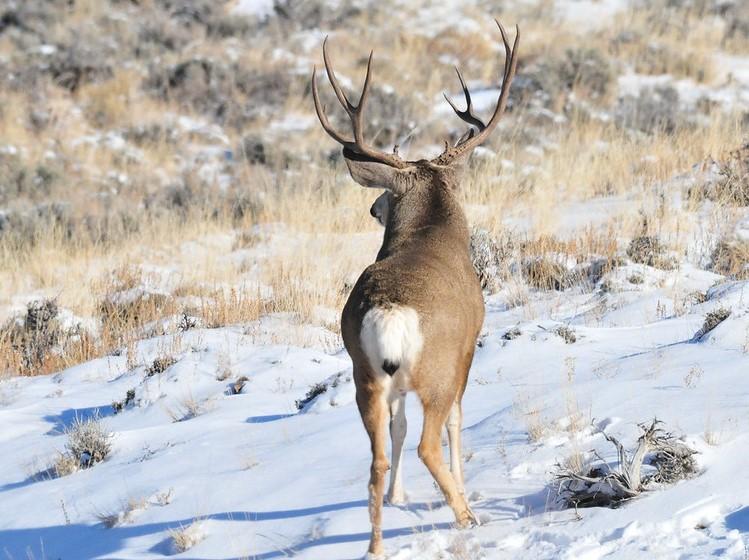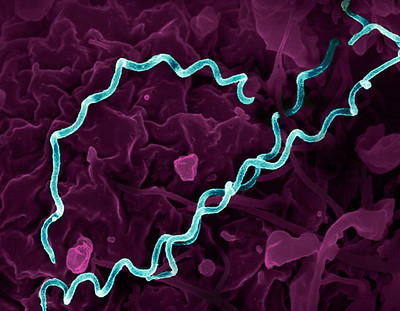
A new study from the US Department of Agriculture shows that elk experimentally infected with SARS-CoV-2 did not shed infectious virus but mounted low-level serologic responses, while mule deer shed and transmitted virus and mounted a more pronounced serologic response to the virus.
The authors of the study, published in Emerging Infectious Diseases, said the results suggest mule deer could spread COVID-19.
"Surveillance studies have demonstrated SARS-CoV-2 infection in free-ranging and captive white-tailed deer in the United States and Canada," the authors wrote explaining previously documented human-to-animal spillovers in cervid populations. "After their displacement in humans, the Alpha and Delta variants of concern persisted in white-tailed deer population."
Surveillance studies have demonstrated SARS-CoV-2 infection in free-ranging and captive white-tailed deer in the United States and Canada.
The experiment consisted of infecting 6 weanling elk (all female) and 6 yearling mule deer (5 female, 1 male), with the Delta variant of SARS-CoV-2. The virus was not detectable from the oral and nasal swabs of elk, but was seen in samples from the mule deer.
"Our results indicate that although elk seem to be minimally susceptible to infection with the Delta variant, mule deer are highly susceptible and capable of transmitting the virus," the authors said. "Inoculated elk showed no clinical signs, did not shed infectious virus, and mounted low-level humoral titers."
There is currently no evidence that wild cervids are a notable source of SARS-CoV-2 exposure for humans, the authors wrote. But the experiment suggests that virus could become established in mule deer as a host species, furthering the rise of novel variants.















